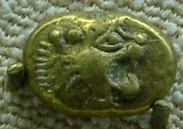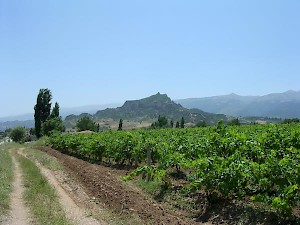Mermnad dynasty
Q3272890Mermnad dynasty: name of the royal family of ancient Lydia after c.680 BCE.

During the reigns of the five Mermnad kings, the Greeks of Asia Minor and many other nations were subdued.
They kept all the people west of the Halys in subjection - Lydians, Phrygians, Mysians, Mariandynians, Chalybians, Paphlagonians, Thracians (both Thynian and Bithynian), Carians, Ionians, Dorians, Aeolians, and Pamphylians. When all these nations had been added to the Lydian empire and Sardes was at the height of her wealth and prosperity, all teachers of that epoch, one after another, paid visits to the capital.note

One of the sources of their power was the presence of gold dust in the river Pactolus, which the Mermnad king used to mint coins. Coinage is, in fact, their main legacy. The last king of this dynasty, Croesus, was in c.547 defeated near his capital Sardes and killed by the Achaemenid king Cyrus the Great, who integrated the Lydian realms in the Persian empire. Sardes, however, remained one of the most important cultural centers of the Mediterranean world.
| Gyges | ca. 680 - 644 |
| Ardys | 644 - ca.625 |
| Sadyattes II | ca.625 - ca.600 |
| Alyattes | ca.600-ca.560 |
| Croesus | ca.560-ca.547 |
The main source for the history of the Mermnad dynasty is the first book of Histories by the Greek researcher Herodotus of Halicarnassus (fifth century BCE). It should be stressed, however, that he focuses not on the history of Lydia, but on the relation between the Memnad kings and the Greek towns in the west.